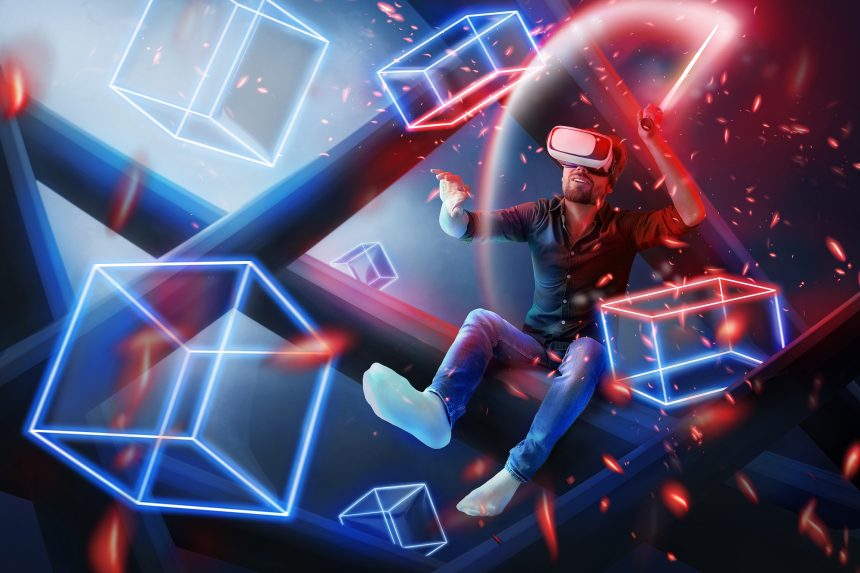In a world where attention spans are shrinking and competition for consumer engagement is fiercer than ever, digital marketers are turning to an unexpected ally: play. Gamification—the art of weaving game-like elements into non-gaming contexts—has emerged as a powerful strategy to captivate audiences, boost participation, and foster brand loyalty. As of March 2025, brands across industries are tapping into the human love for rewards, challenges, and fun to stand out in the crowded digital landscape. Here’s how gamification is reshaping digital marketing and why it’s more than just a playful gimmick.
Why Gamification Works
At its core, gamification leverages psychology. People are wired to respond to incentives—whether it’s the thrill of earning points, the satisfaction of leveling up, or the bragging rights of topping a leaderboard. Research indicates that gamified experiences can increase user engagement significantly (Gartner, 2023). This aligns with psychological theories that highlight intrinsic motivators like achievement and competition as drivers of behavior (Ryan & Deci, 2020).
In digital marketing, where scrolling fatigue is prevalent, gamification offers a refreshing break from passive consumption. It transforms mundane interactions—like filling out a form or browsing a website—into active, enjoyable experiences. Whether it’s a fitness app rewarding steps with virtual badges or a retailer offering discounts for completing a quiz, play keeps users returning. As attention becomes a premium in 2025, gamification proves its value as a retention tool.
The Rise of Play in Marketing
The adoption of gamification has surged, fueled by technological advances and evolving consumer expectations. Mobile apps and interactive platforms have made it easier to integrate game mechanics seamlessly (Forrester, 2024). Meanwhile, younger audiences—particularly Gen Z and Millennials—demand brands that entertain as much as they inform (Pew Research Center, 2023). Traditional static content no longer suffices.
Duolingo’s streak system and progress bars exemplify how gamification turns routine tasks into engaging habits. By 2025, this approach has inspired a wave of brands—from e-commerce to B2B services—to experiment with play, yielding higher engagement and conversions (HubSpot, 2024).
Key Gamification Tactics for Digital Marketers
How can marketers harness gamification effectively? It’s about enhancing engagement without overcomplicating the experience. Here are five strategies prominent in 2025:
- Points and Rewards Systems
Offer points for actions like signing up or referring friends, redeemable for rewards like discounts (HubSpot, 2024). - Challenges and Quests
Turn tasks into missions, such as a skincare brand challenging users to complete a “7-day glow routine” for a prize. - Leaderboards for Friendly Competition
Display top users to spark rivalry, like a fitness app ranking step counts (Forrester, 2024). - Progress Tracking
Use visual cues like progress bars to give users a sense of accomplishment. - Story-Driven Experiences
Weave narratives into interactions, such as a travel company gamifying trip planning with a “dream vacation” storyline.
Real-World Wins
Starbucks’ Rewards program, with its star-earning system, has long gamified loyalty, driving repeat purchases (Starbucks, 2024). In 2025, newer examples—like a sustainable fashion app awarding eco-badges for second-hand purchases—show gamification’s adaptability. Even B2B firms use it, such as software companies granting “expert” titles for tutorial completion.
The Future of Play in Marketing
As technology advances, gamification’s potential grows. Augmented reality (AR) could let users earn points in virtual stores (Gartner, 2024). AI might personalize challenges, tailoring them to user preferences (Forrester, 2024). The line between marketing and entertainment continues to blur, rewarding innovative brands.
However, authenticity matters—overuse can feel manipulative (HubSpot, 2024). Done right, gamification builds lasting connections.
Play to Win
Gamification isn’t just a trend—it’s a mindset shift. In 2025, marketers who embrace play find that engagement comes from inviting audiences to participate. Ready to level up your marketing? The game’s on.
References
- Forrester. (2024). The state of digital engagement: Trends for 2025. https://www.forrester.com
- Gartner. (2023). Gamification and its impact on customer engagement. https://www.gartner.com
- HubSpot. (2024). Gamifying your marketing strategy: A 2025 guide. https://www.hubspot.com
- Pew Research Center. (2023). Gen Z and Millennials: Expectations from brands. https://www.pewresearch.org
- Ryan, R. M., & Deci, E. L. (2020). Self-determination theory: Basic psychological needs in motivation, development, and wellness. Guilford Press.
- Starbucks. (2024). Starbucks Rewards: A case study in loyalty. https://www.starbucks.com














